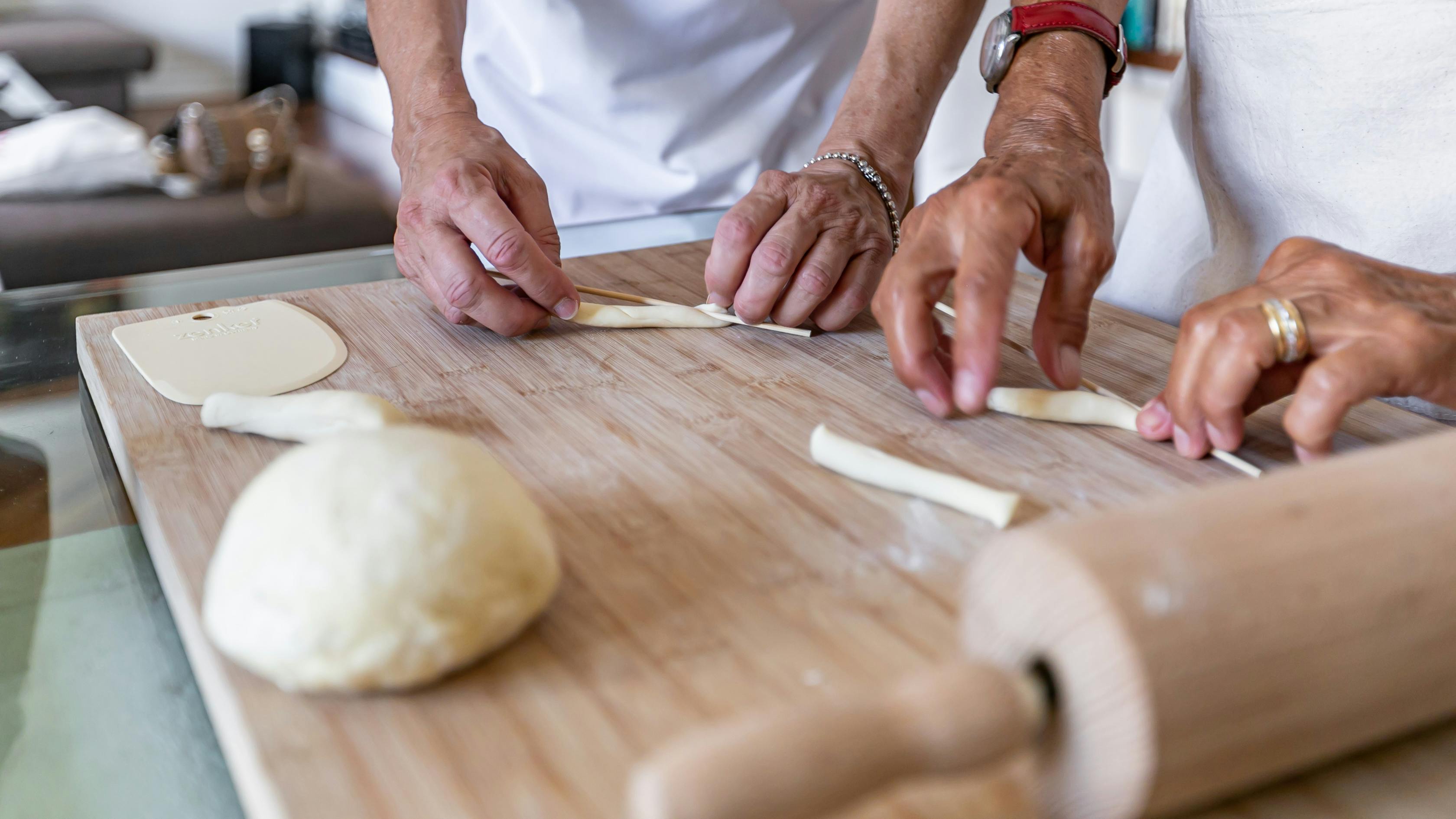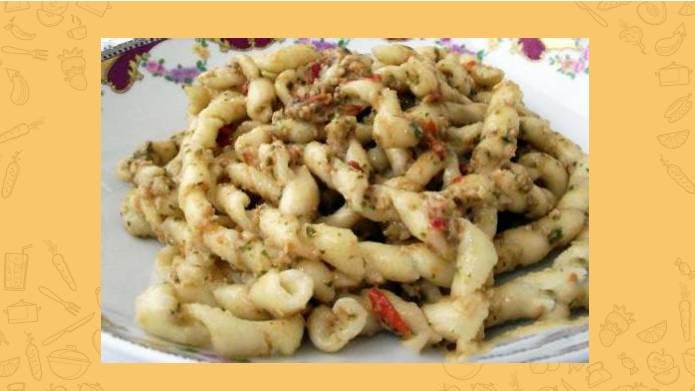

Sicily, a land of extraordinary beauty in which fragrances and flavours are reflected, and where every dish tells the story of the traditions of this island that are the result of the mixing of the peoples who have inhabited it over the centuries. Discovering the flavours of Sicily means embarking on a journey that involves all the senses, an unforgettable experience that remains imprinted in the heart and soul of everyone.
What is the origin of Busiate?
Busiate, made from hard wheat semolina flour and twisted in shape, are the stars of delicious recipes that go perfectly with typical Sicilian products, enhancing their flavours. Originating in Western Sicily and particularly in the province of Trapani, they are a symbol of the island's gastronomic excellence, with roots dating back to the early Middle Ages, around the 10th century A.D. Their name derives from 'buso' which, in Sicilian dialect, was a plant of the graminaceous family, typical of arid soils and Mediterranean areas, whose stiff stems were used to shape pasta. Nowadays, knitting needles can be used to roll the dough pieces, thus giving them their characteristic spiral shape. Thanks to their shape, which holds the sauce perfectly, busiate are an ideal pasta format to enjoy with the classic Trapanese pesto.
What is the origin of Trapanese Pesto?
The origin of Trapanese pesto is closely linked to the activities of the port of Trapani. This was where the Genoese ships used to stop, bringing with them the tradition of Ligurian agliata, a garlic and vinegar-based sauce used by sailors and fishermen to preserve food for a long time. Later, Sicilian sailors created their own version of the Trapanese pesto recipe, using local products: tomatoes and almonds. Called 'agghia pistata' in Sicilian dialect, it is a raw sauce pounded with a mortar, whose main ingredients are oil, basil, tomato, almonds, pecorino cheese and red garlic. It is distinguished by its intense, full-bodied flavour and its creamy, grainy texture that encapsulates all the flavours of Sicilian cuisine, with the vibrant colours of the red of the tomatoes and the deep green of the fresh basil.
Straight from the rich Sicilian culinary tradition, we leave you with Cesarina Francesca's recipe for busiate with Trapanese pesto, perfect for your summer lunches or dinners.

Busiate with Trapanese Pesto recipe
An emblematic first course of Sicilian cuisine, with intense flavour and fresh ingredients.
Ingredients
- For the pasta:
- 400 g remilled hard wheat semolina flour
- 200 g water
- For the sauce
- 250 g perini tomatoes
- 50 g of almonds
- 50 g fresh basil + a few leaves for seasoning
- 1 generous spoonful of pecorino cheese
- 1 clove of red garlic from Nubia
- extra virgin olive oil
- salt
- pepper
Method
Preparing the dough:
- Make a well on the pastry board with the remilled hard wheat semolina flour and form a hole in the centre;
- Pour in the water and start kneading;
- Once you have your dough, let it rest for about 30 minutes;
- After this time has elapsed, divide it into thin sausages and cut off pieces of about 6 cm in length;
- Roll it on a knitting needle to make a tight, hollow fusillo in the centre;
- Finally, boil the pasta in boiling, salted water, drain when al dente and season with pesto and a sprinkling of pecorino cheese.
Preparing the pesto:
- Make a cross-shaped incision in the tomatoes and plunge them into boiling water for 2 minutes;
- Peel them and remove the stalk and press them to release all the water and seeds;
- Set them aside;
- Next, grate the pecorino cheese, clean the basil leaves, peel and slice the garlic;
- Use a marble mortar and pound with a wooden pestle slowly and without swiping first the almonds, then the tomatoes, then the garlic and basil in firm strokes until you obtain a full-bodied mixture. It does not have to be a super smooth sauce;
- Finally add the pecorino cheese, oil, salt and pepper.
